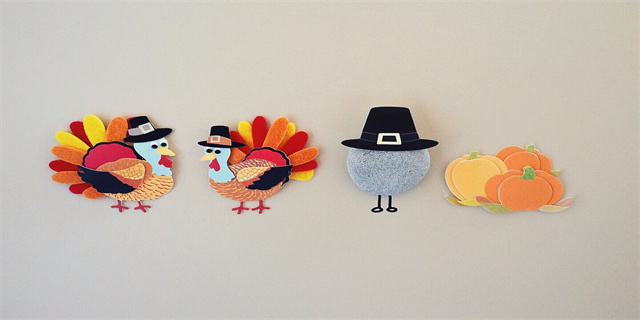Understanding Tiered Pricing and How it Can Save You Money
When you're shopping online, have you ever noticed that some products have different price ranges depending on the quantity you purchase? This is what's known as tiered pricing, and it's a pricing strategy that many businesses use to incentivize customers to buy more. In this article, we'll discuss what tiered pricing is, how it works, and how it can save you money.
What is Tiered Pricing?
Tiered pricing is a pricing strategy where a business offers different price levels for a product or service depending on the quantity the customer purchases. The more a customer buys, the lower the price per unit. This incentivizes customers to buy in bulk, which benefits the business by increasing sales volumes and revenue while reducing costs per unit.

The pricing levels in tiered pricing can be structured differently depending on the business' goals and the product or service being sold. For example, a business selling office supplies might offer the following price levels:
- 1-9 units: $10 each
- 10-49 units: $8 each
- 50+ units: $7 each
In this example, the more office supplies a customer buys, the less they pay per unit. This incentivizes businesses to buy in bulk, allowing them to save money while stocking up on necessary supplies.

How does Tiered Pricing Work?
Implementing tiered pricing involves calculating the optimal price points that will incentivize customers to buy more while still maintaining profitability. This can involve analyzing historical sales data, customer buying patterns, and market research. Once implemented, tiered pricing can help a business increase sales revenues while also reducing costs on a per unit basis.
When a customer visits an online store that utilizes tiered pricing, they'll typically see the different price levels displayed next to the product or service. They'll then be prompted to select the quantity they want to purchase and will see the corresponding price for that quantity. Customers will then choose the quantity that best suits their needs and budget.
How Can Tiered Pricing Save You Money?
Tiered pricing can benefit both businesses and consumers. For businesses, implementing tiered pricing can help them increase sales volumes and revenues while also reducing costs per unit. For consumers, tiered pricing can help them save money by incentivizing them to buy more.
If you're someone who regularly purchases products or services in bulk, then tiered pricing can save you a significant amount of money over time. For example, let's say you're a small business owner who regularly purchases office supplies. On average, you purchase around 20 reams of paper per month. By taking advantage of a tiered pricing strategy like the one mentioned above, you'll pay $160 per month for 20 reams of paper instead of the full price of $200. Over the course of a year, this can add up to significant savings.
Overall, tiered pricing is an effective pricing strategy that can benefit both businesses and consumers. By incentivizing customers to buy more, businesses can increase sales volumes and revenues while reducing costs per unit. At the same time, consumers can take advantage of lower prices by purchasing products or services in bulk, allowing them to save money in the long run.






